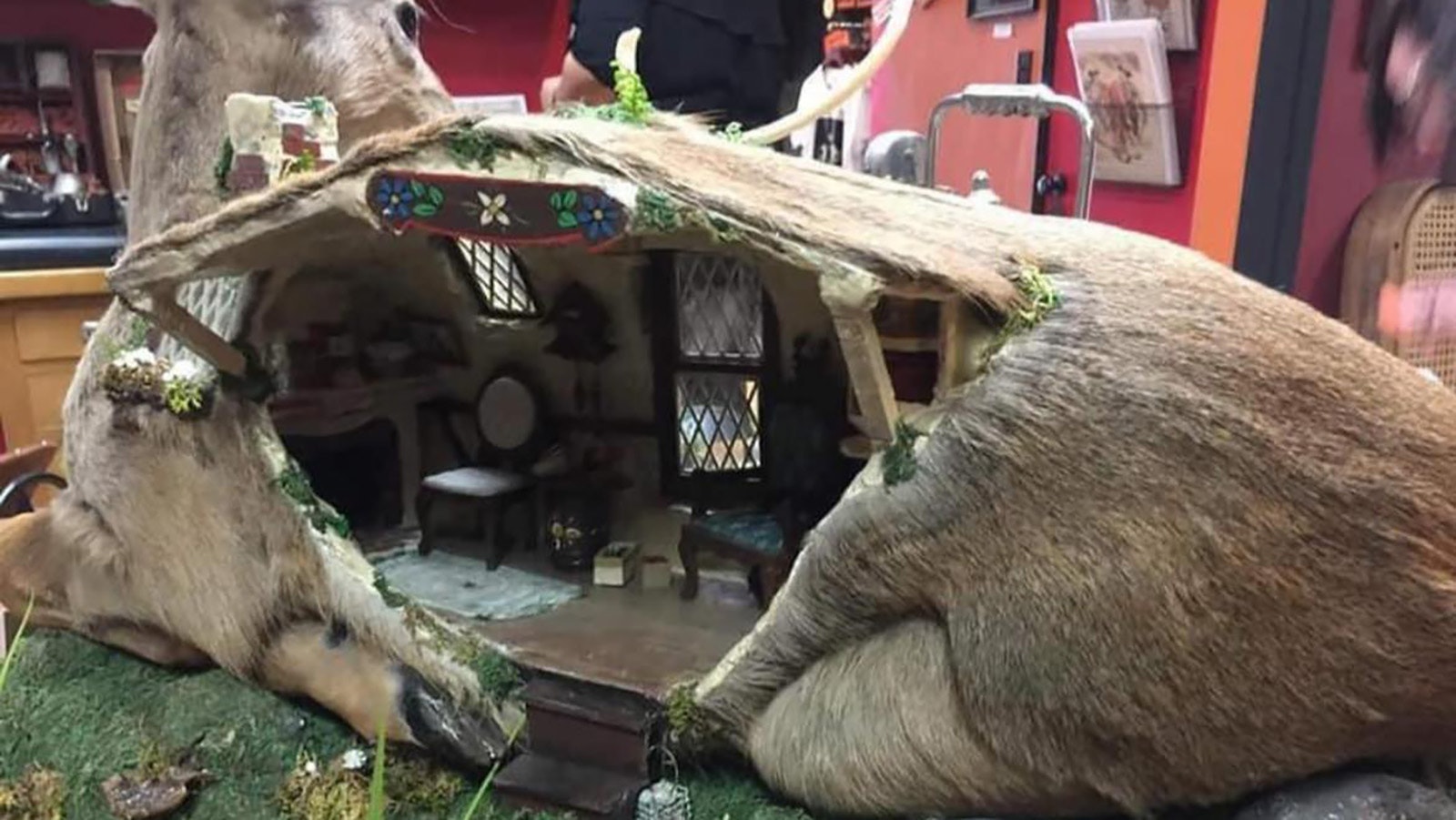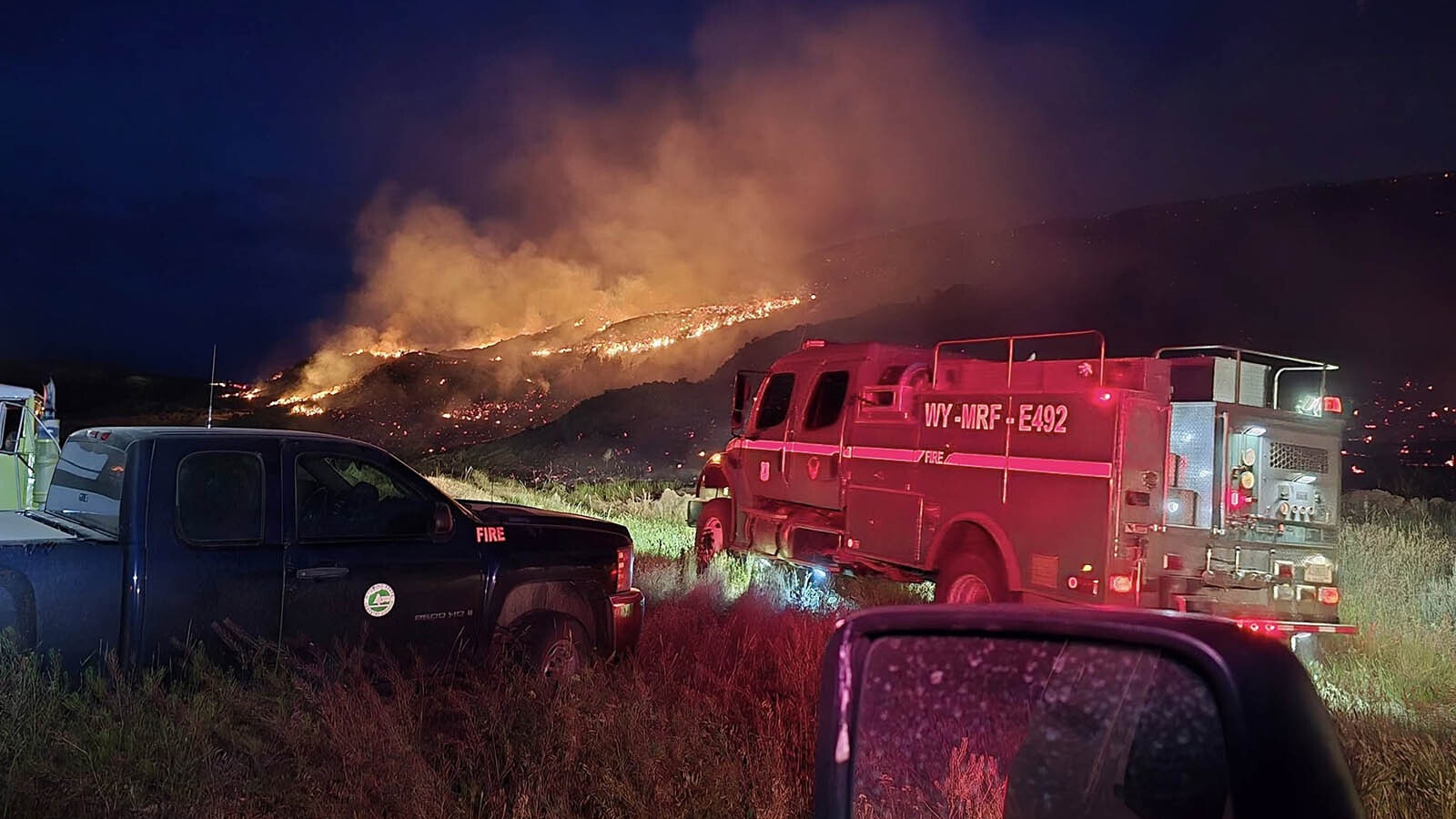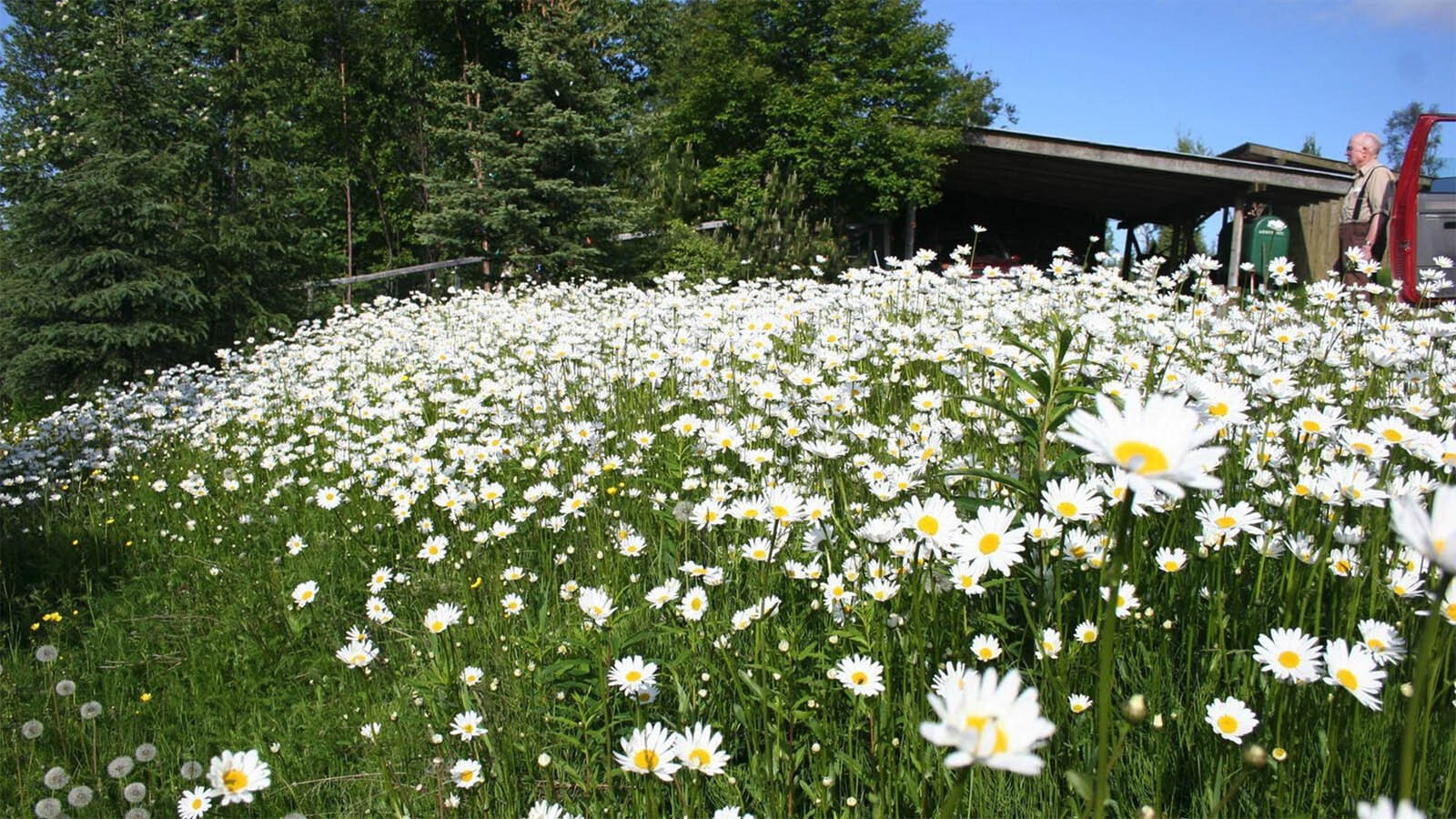Is a dollhouse made from a full-body taxidermy deer, bighorn sheep or other formerly wild creative, fun, funny, macabre, weird or all of them at once?
That’s an interesting question, but not one seasoned Wyoming taxidermist Charlie Thomsen ever had to answer during his 51-year career.
“I’ve never had anybody ask me for anything like that,” Thomsen, who recently retired from running Laramie Taxidermy, told Cowboy State Daily.
The dollhouse is a creation of Los Angeles-based artist Brooke Weston.
She’s part of an edgy movement called “rogue taxidermy,” which involves turning taxidermy mounts into dollhouses, clocks, pieces of furniture and other things one might not expect from wildlife décor.
It might be akin to the works of Ray Hatfield of Nature’s Design Taxidermy in Cody.
As the “Frankenstein” of Wyoming Taxidermy, he pieces together parts of previously-abandoned projects to make fantastical creatures.
Thomsen said he and most other taxidermist don’t take such routes. His goal was always realism.
“The things I did, it looked like the animal was ready to jump out right at you,” he said.
Styrofoam Forms
A Wyoming native, Thomsen said he “grew up with a gun and a fishing rod in my hands.”
He was drawn to taxidermy as a way of honoring wildlife and making it look “as realistic and alive as possible,” he said. “I liked to make life-like mounts in realistic backgrounds.”
He apprenticed under an expert taxidermist for six years before launching his own business. In addition to just about every critter in North America, he also did taxidermy mounts of practically every species of African safari game.
“I think an elephant was about the only thing I didn’t ever do,” Thomson said.
He’s watched the industry evolve over the decades. One handy development were Styrofoam forms shaped like the structure of various animal parts, or whole animals.
Those give taxidermists a base to create their works from skins, fur, feathers and the like.
For those like Weston, who want to stretch boundaries, the forms are likely handy, Thomsen said.
“You could cut holes in it to create your dollhouse windows and door, and hollow it out for the interior — whatever you wanted to do,” he said.
Thomsen said he was always aware of others taking the craft in more experimental directions. But in his retirement, he has no plans to join the rogue taxidermy movement.
“I knew there were other businesses and other taxidermists that do that kind of thing and whatnot. If that’s what they do and people like it, then more power to them, I guess,” he said.
‘It’s More Of a Concept’
During a telephone interview from her home in Los Angeles, Weston said the deer dollhouse was one of her earlier creations, and she didn’t intend it to be a toy for children to play with.
“It’s more of concept, more of an art piece,” she said.
Weston took up rogue taxidermy about 12 years ago. She said she started taking broken or abandoned taxidermy projects and giving them new life by turning them into edgy art pieces.
“I grew up in a hunting, sportsman house, and I always loved taxidermy,” she said. “I started out by trying to repair some broken taxidermy pieces, and I just stared getting more conceptual. It’s kind of become my main career.”
Weston’s work is featured in various art displays, and she also sells some to customers.
“It’s all over the board. Some customers are people who are just into oddities, and I have a few straight-up art collectors who have bought my pieces,” she said.
‘I Would Pet It Gently’
But the big question is, would a taxidermy deer dollhouse be something a Wyoming girl would play with?
When shown photos of the deer dollhouse, Dixie, who’s nearly 4 and lives in Cheyenne, told Cowboy State Daily, probably not.
“Ummm, that’s not a dollhouse, that’s a deer,” she said.
And although she didn’t think it was scary, Dixie said she probably wouldn’t want to play with it. Instead, she said that, “I would pet it gently.”
Mark Heinz can be reached at mark@cowboystatedaily.com.











